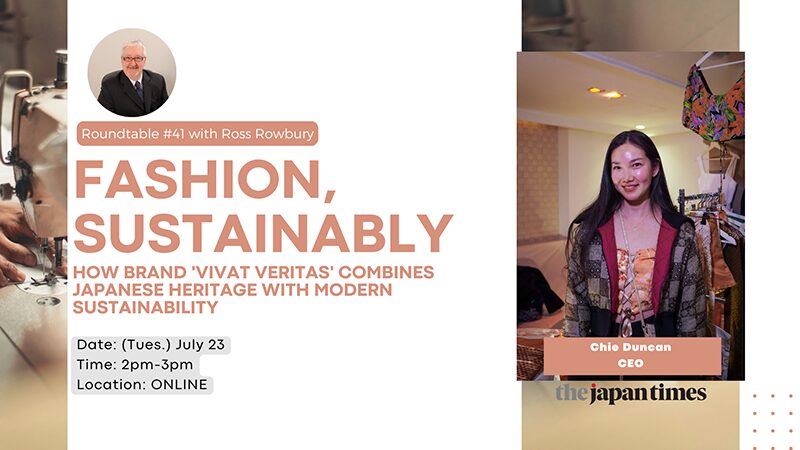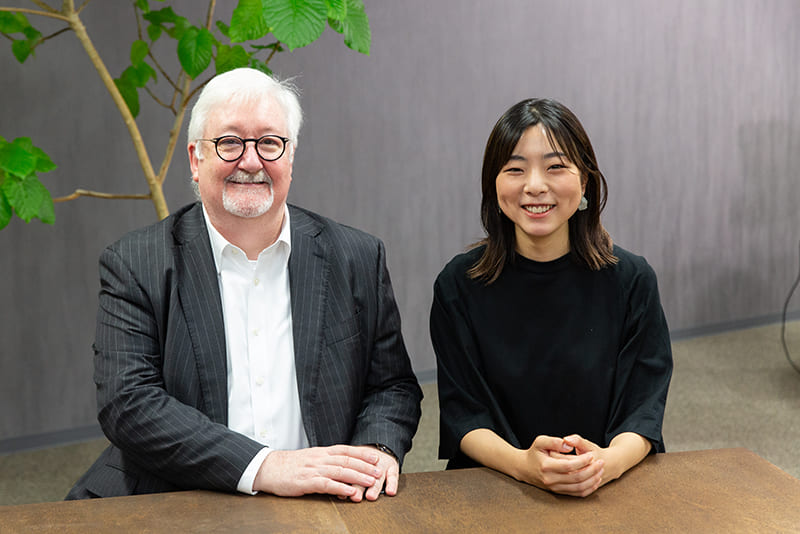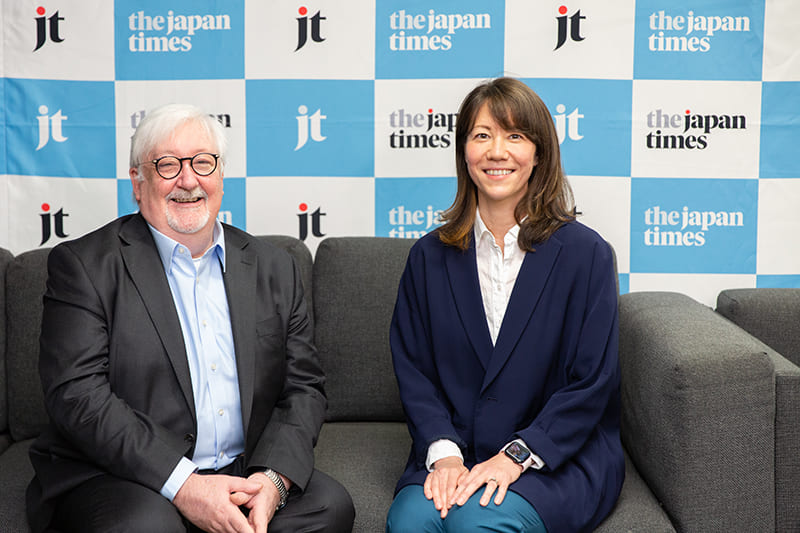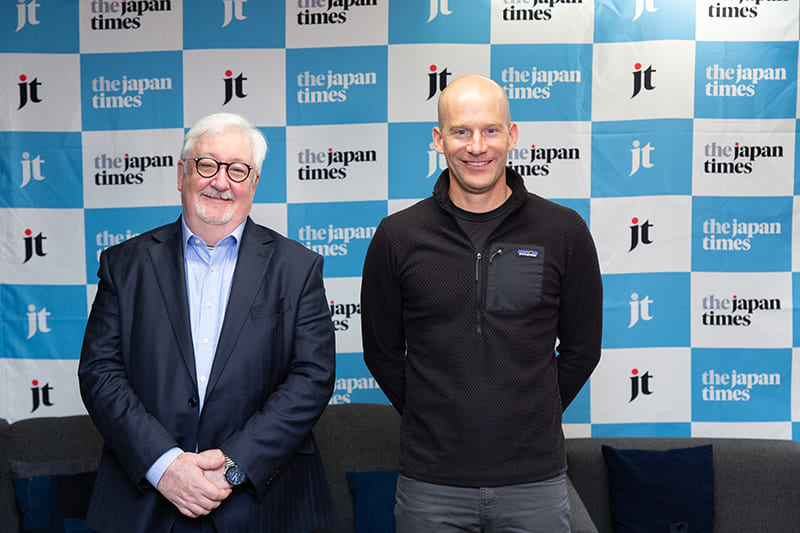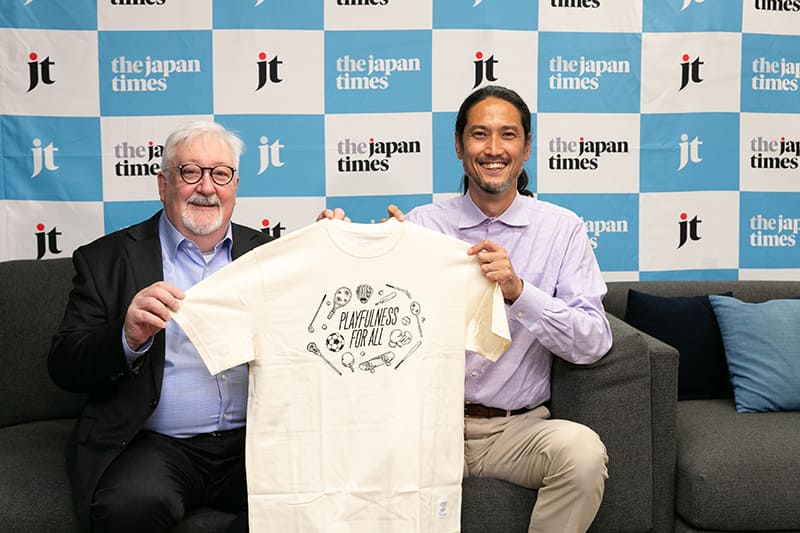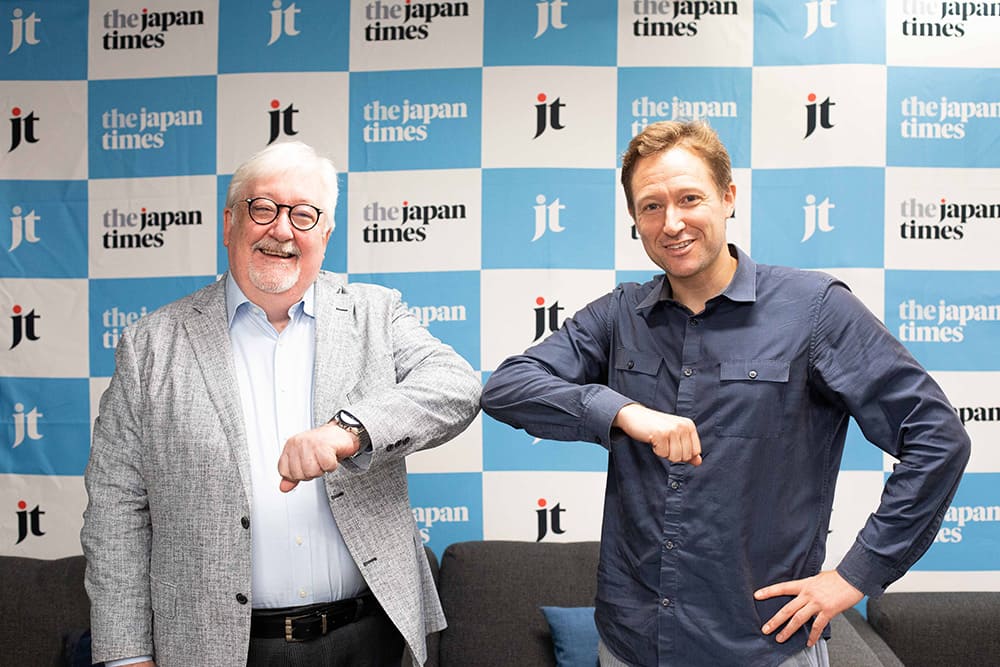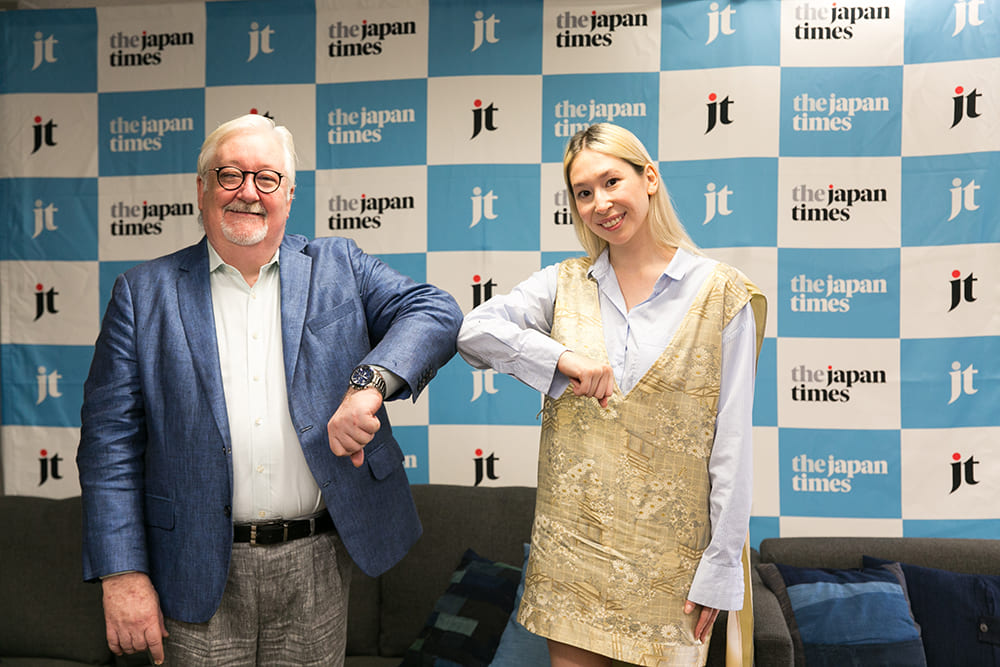September 27, 2024
Chie Duncan’s Vivat Veritas upcycles old kimonos
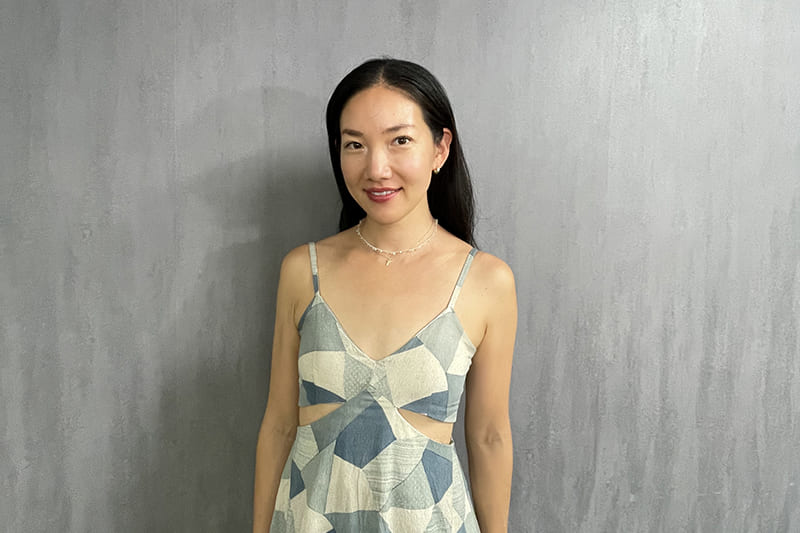
About 500 tons of kimonos are tragically discarded every year — beautiful and expensive garments wasted, their stories and histories lost. Chie Duncan, founder of the clothing line Vivat Veritas in 2008, is a highly talented designer who upcycles kimonos that would otherwise be discarded or sit endlessly in the back of a thrift store. By transforming kimonos into completely new garments, she simultaneously honors the integrity and history of the original while creating something fresh and new. She sat down with Ross Rowbury in the latest Roundtable to discuss her work.
Duncan’s journey to owning and operating a clothing line began as a child crafting with her mother. She always admired how her mother could take one thing and transform it into something new. As she got older, Duncan slowly lost touch with the crafty side of herself, as many do with childhood passions. After graduating from university and working as a young professional in the U.S., she reconnected with her creative roots when a friend lent her a sewing machine.
Duncan taught herself to make clothes from scratch, and reminisces about how “the first try was horrible, because I could not wear my clothes! I forgot that it needed an opening, whether it’s buttons or zippers. … I spent three whole days trying to make it. I was sure that if I repeated the process over and over again I’d be better at it, and I kept doing it.” Although her first attempt wasn’t perfect, a great passion was born, and she continued to hone her skills.

Later, while working as a seamstress making wedding dresses, she received an assignment to use material from a kimono. She fell in love with the beautiful traditional fabric and texture, but didn’t love the design given to her. Still, the innovative approach of using kimono materials and repurposing them into new garments inspired her greatly. She decided to create some designs herself and began scouring used kimono shops (tansu-ya) for materials. Unsure of how her design would be received, she sold her first handmade dress for merely ¥7,000 ($50). Over time, with hard work, repetition and that special creative spark, she grew into the talented designer and business owner we are able to see today.
When asked to elaborate about sourcing kimono material, Duncan smiled and said she wouldn’t be sharing the names of the antique shops she frequents because she is able to get such great deals. She did say that if a client requests a specific color or pattern, she will usually check online, getting access to materials from all over Japan. A great number of the kimonos she works with have been donated. Just a few days prior, an older lady was about to throw out two huge boxes of kimonos, but after hearing about Duncan’s shop through some friends, she brought them to Vivat Veritas instead.
The care, respect and passion Duncan has for each kimono that comes into her shop was evident in her voice as she described the highly technical and difficult process she undergoes to dismantle the original garments to utilize their raw materials. First, she must pick apart the seams, then iron and wash the fabric, with the process varying slightly depending on what type of garment the client wants. Then she creates the patterns, which is much easier said than done. Anyone who has touched or worn a kimono knows that the material does not stretch at all and is completely inflexible. That is ideal for the perfectly straight silhouette of a traditional kimono, but when it comes to reinventing it into a modern style, creating comfortable garments is a challenge. She found that “if you cut it on the bias, it has a little bit of stretch, and you can create a more comfortable garment.” This helps to make the fabric more versatile, resulting in finished clothing that has curves, drapes beautifully and is comfortable to wear. It also requires great ingenuity to effectively utilize the limited amount of material, Duncan says she spends a great deal of time to “figure out how to place the patterns, because the patterns could be continuing throughout the fabric. You have to connect these narrow panels in order to put it back into the (correct) shape and see the whole picture.”
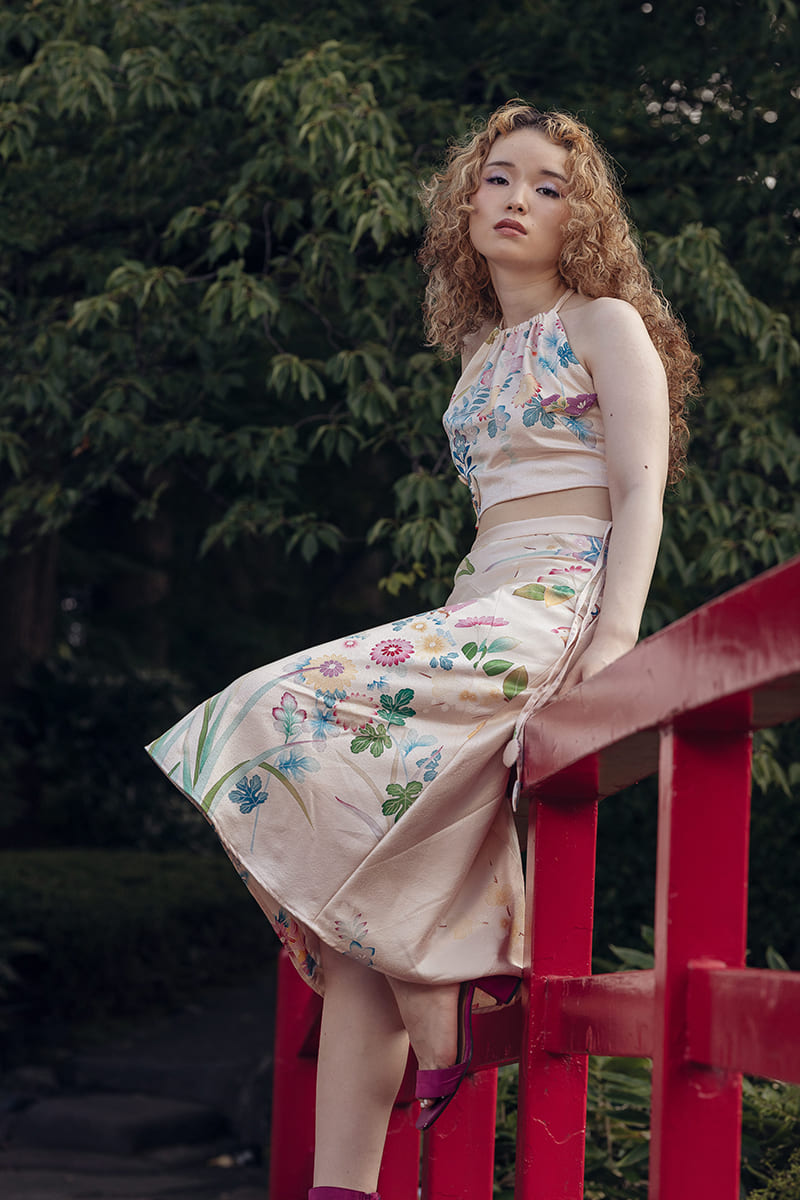
In addition to taking client requests and creating garments for her shop, Duncan also works with a number of artists to create collaborative exhibitions. She is currently curating a showcase with a woodblock print artist, creating garments that are visually cohesive with and inspired by the prints. She loves working with artists, mentioning other past projects such as live painting models and working with musicians. It is clearly a joyful process for her to work with other creatives, and Duncan shows a deep appreciation for creating things with her own two hands. With a smile, she said, “Using your hands is good for you.”
Duncan has many different influences for her designs, both from traditional Japanese artists and textile techniques as well as European artists and designers. In a follow-up, she shared some of her inspirations and references when creating her garments. She mentioned the yearslong process of creating Oshima tsumugi, a type of pongee fabric: “I was amazed to find out how they dye the threads and weave the patterns; apparently it takes 40 people to complete one kimono.” Handmade techniques such as shibori tie-dying and other traditional textiles are very exciting to her. There is also Western influence on some of her designs, with references to upscale contemporary French and Southern California streetwear in her garments.
When asked how she deals with creative blocks, she shared her secret for keeping her mind fresh and preventing burnout: She keeps her hands moving by sewing, knitting, embroidering or sketching. She will set small attainable goals like allocating 10 minutes to using her hands, and usually finds that 10 minutes leads to several hours. “When you move and use your body, magic happens and the brain starts working. It makes me want to try new things and continue creating,” she said.
Looking to the next chapters, Duncan imagines potentially opening her own physical shop. She currently sells online and in pop-up shops, and would want the direction of her business to flow organically. If this flow leads to a physical space, she imagines selling her garments in a neighborhood filled with other artisans and craftspeople, whether in Japan or somewhere overseas. Her vision for retirement would be to have a beautiful museum where she could showcase her garments and host workshops.
Wherever the future takes her, Duncan will continue to make an impact by creating innovative garments out of precious kimono material that would otherwise be wasted. Her business perfectly blends creativity with sustainability, and the result is beautiful artwork that can be worn and enjoyed for many years to come. The deep respect Duncan has for her craft and the artwork of others is a refreshing voice in this world filled with fast fashion and overconsumption.
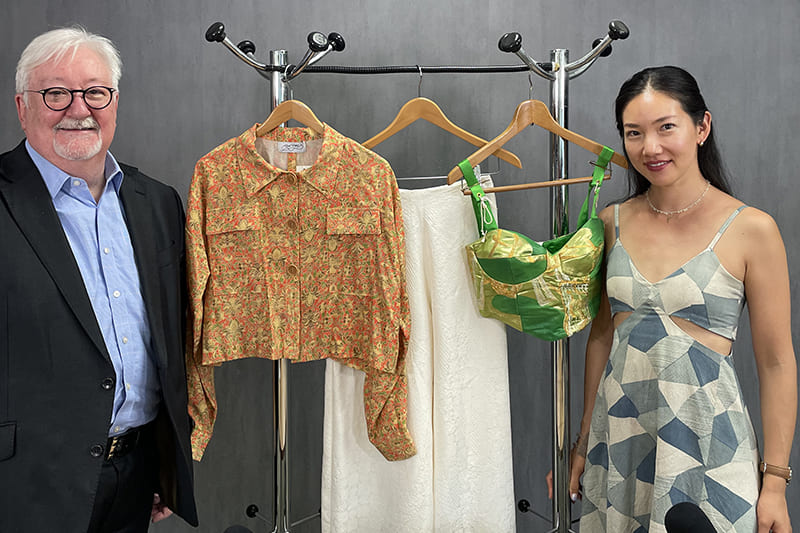
Roundtable is a monthly series of English-language events organized by The Japan Times Agency. For more information visit https://sustainable.japantimes.com/roundtable

